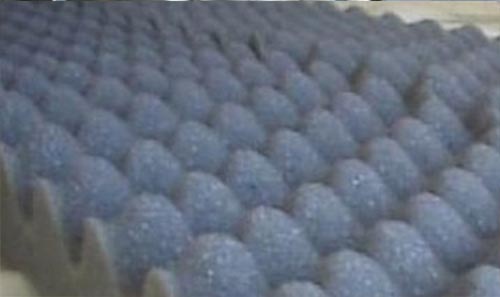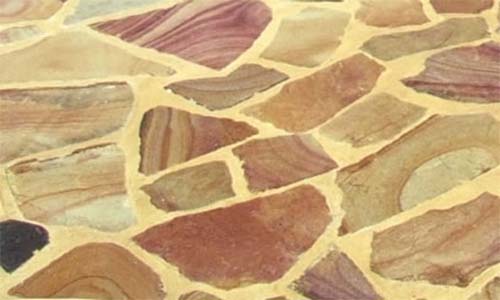Approved Trader
The History Of Conservatories
Air Conditioning
Services

Find a local trader and receive competitive FREE quotes?
Home conservatories that we see on houses right across the UK have their roots in the municipal conservatories made popular in the nineteenth century, they were built in many cities with colder climates to display tropical plants and have flower displays open for public viewing. By the end of that century, people were using them for socialising, tea parties and the likes. In more modern settings, especially at homes, conservatories are often used as an extra room or to give extra space rather than their original horticultural uses.
Structures such as these have been erected all around the world in gardens, parks, botanical institutes and now homes. Though each has different functions or building variables, a conservatories can be known as an orangeries, a solariums, part-greenhouses and sunrooms, you will hear then referred to differently in different places around the world. Technically, the legal definition of a conservatory in the UK is a building with at least 50% of its side wall area being glazed, and 75% of its roof made with translucent materials.
Residential conservatories can be made of a wide variety of materials to your preference, perhaps the most popular choice in the UK right now is UPVC but options include aluminium and a wide range of timber frames. Each option has different advantages and can offer a totally bespoke aesthetic to your home.
“Conservatories have come a long way” said Richard Harvey from ApprovedTrader.co.uk “ You can choose your materials, style and colour to create the conservatory of your dreams”
The origin of conservatories was in the preservation of plants, often to preserve citrus plants (hence the name Orangeries) in countries where the climate is not suitable such as northern Europe. Before the use of conservatories people would bring the plants indoors or use a crudely built pergola to protect the plants during the winter months.
Fruit, Orangeries as they started out, were enclosed structures made from brick, stone or wood with tall vertical windows on the south walls. Their use was quickly expanded to entertain a wider variety of plants and their design evolved too as sloping glass was introduced in the 18th century to bring in more light for the plants.
During the 19th century, England led the way in conservatory construction and development, our love of gardening and outdoor activities in general meant the construction of huge public conservatories built from iron and glass. These huge conservatories were used for growing large and rare plants and sometimes even had animal life living among the vegetation.
The onset of World War 2 saw the halt of conservatory construction in the UK but the invention of insulated glass in the 1950’s saw a resurgence in the industry and sunroom structures began popping up. More creative architecture in the 1970’s led to the Victorian styling make a comeback in smaller, domestic versions using insulated glass, much like the ones we see up and down the country today.
If you are looking at adding a conservatory to your property, approved trader can help you compare conservatory prices from numerous providers.



